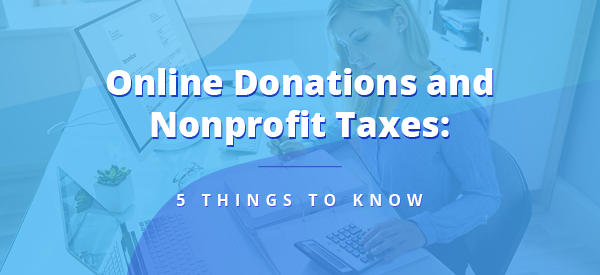Reduce, Reuse, Recycle: Key Environmental Fundraising Tips
Your nonprofit fundraises to further your social good impact, but have you ever considered how your fundraisers impact the environment?
Consider the following ways you can make your operations greener, all while maximizing donations, boosting donor retention, and increasing ROI for your organization:
Read More »Reduce, Reuse, Recycle: Key Environmental Fundraising Tips








